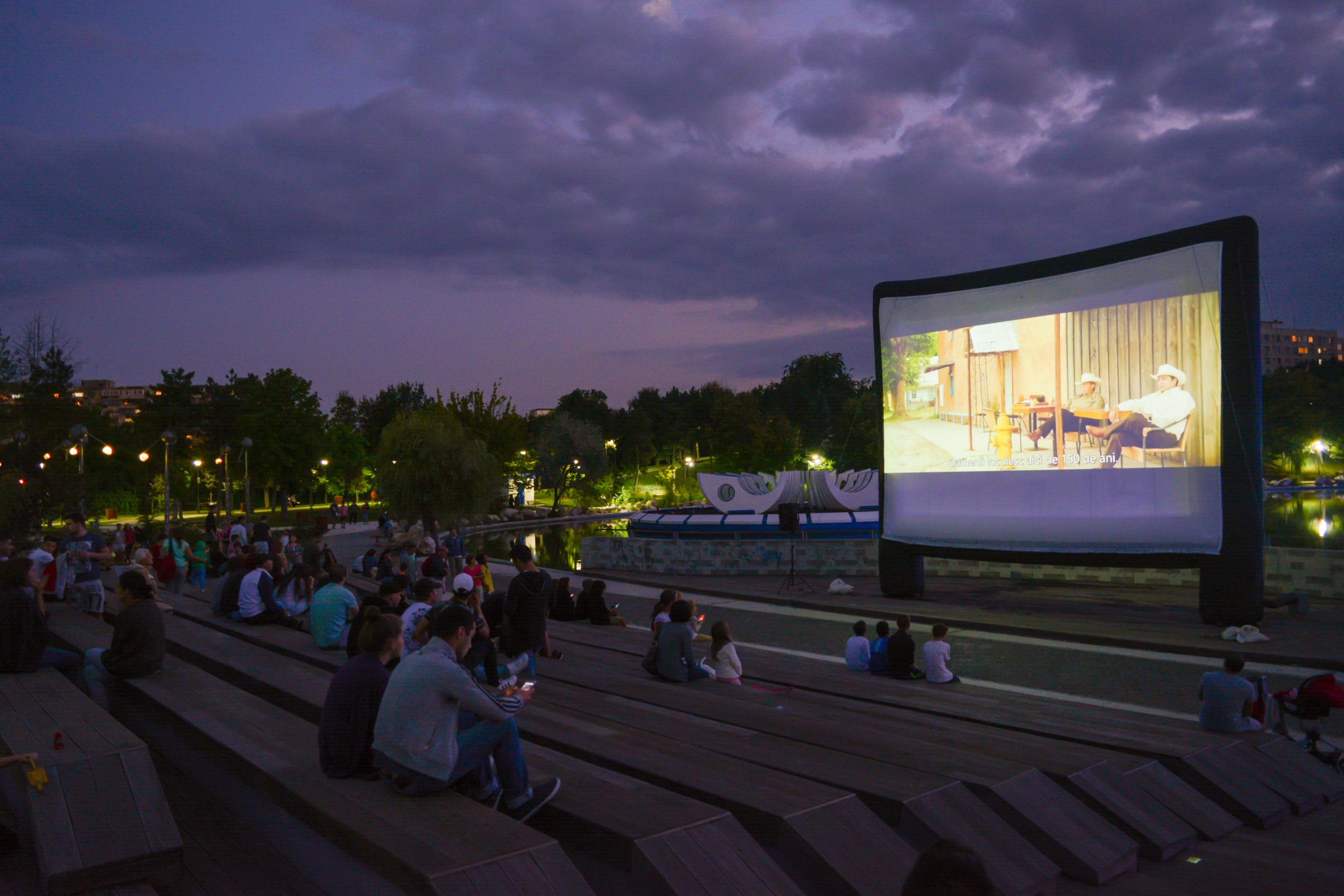
“Santa Claus: The Movie” (1985) is back. British company Silver Salt Restoration has painstakingly restored the film and their sparkling 4K remaster is now showing on big screens across the UK. It’s also available as a digital download and on 4K UHD, Blu-ray and DVD, with the home viewing options likely to prove popular presents this Christmas.
In Britain, where the film was a hit on its initial release and often appears on lists of the best-ever Christmas movies, this is unsurprising. In the US, where it was a box office bomb, has a 22% rating on Rotten Tomatoes and often appears on lists of the worst-ever Christmas movies, the news is astonishing.
“I’m frankly stunned to learn that Santa Claus: The Movie is so beloved over there [in the UK]”, says Alonso Duralde. As the author of Have Yourself a Movie Little Christmas and co-author of I’ll Be Home for Christmas Movies, Duralde is well-qualified to articulate the prevailing American opinion of the film.
He tells me it’s “shrill,” “overdone” and “obnoxious”. He featured it in Have Yourself a Movie Little Christmas in his chapter on the world’s worst Christmas films and also included it on a list of “7 Christmas Films So Bad, They’re Bad” that he wrote for Rotten Tomatoes. To me, as a British millennial, “Santa Claus: The Movie” seems as out of place there as “A Christmas Story” (1983) or “Elf” (2003) would be.

The two films that BBC Television has shown most often on Christmas Day (usually the day when UK TV audiences are largest) are “White Christmas” (1954) and “Santa Claus: The Movie”. In 2013, when Channel 5—another of the major British television networks—chose “The Greatest Christmas Movies Ever” for a countdown show it tends to rerun every December, “Santa Claus: The Movie” was included. And, in 2020, when BBC Radio listeners were asked to vote for the “12 Films Of Christmas”—the dozen best holiday films—Santa Claus: The Movie naturally made the list.
Ask a cynic why “Santa Claus: The Movie” is popular in the UK and the answer you’ll most likely receive is “childhood nostalgia”. And there is truth to that. For many of us who were children in Britain in the 1980s or ’90s, the promise of the film’s title—that it delivers the definitive vision of Santa Claus onscreen—holds true. It defined our idea of Santa.
Tell me to imagine Santa Claus on Christmas Eve and what I see in my mind is pretty much David Huddleston, resplendent in his red costume, piloting his sleigh past the Statue of Liberty and shouting “Merry Christmas, pretty lady!” Tell me to imagine where Santa lives, and what I envision is more or less the charming wooden workshop where Dudley Moore, and all the other elves in the movie, craft brightly colored toys.
But, while childhood nostalgia could explain the return of “Santa Claus: The Movie” to British theaters now, it can’t explain why the film was a hit here—and a flop in America—when it opened. There are plenty of other reasons for that.

One is that the cast features several actors that British audiences were predisposed to like. Although Dudley Moore was a star in America after “10” (1979) and “Arthur” (1981), he had been a star in the UK since the 1960s and, being British, was beloved by British audiences in a way he wasn’t in America. Many of the film’s supporting players were familiar figures on British TV. For example, Melvyn Hayes, who plays another of Santa’s elves, had played the breakout character in the classic BBC sitcom “It Ain’t Half Hot Mum” (1974-81), a show that made little impact in America but was cherished in the UK.
Asked why he thinks “Santa Claus: The Movie” was so disliked by American audiences, Duralde suggests something that was often pointed out by American critics in 1985: “The blatant product placement” for Coca-Cola and McDonald’s. It’s true that McDonald’s and Coca-Cola each make obvious appearances in the movie but to Brits that doesn’t seem strange. To us it seems unremarkable that, in 1980s America, a child who finds himself homeless and hungry would stare longingly through a McDonald’s window or—when given the opportunity—would thirstily guzzle a Coke. For people who did not live in the USA in the 1980s but nevertheless saw American products dominating their movie and television screens, it often seemed that all of American culture was a gigantic advertisement for Coca-Cola and McDonald’s, so to arbitrarily single out one Christmas movie to criticize for glorifying hamburgers and Coke seems odd, if not outright absurd.
According to Duralde, another reason the film failed at the US box office is that “John Lithgow’s performance seems wildly excessive to American audiences.” Lithgow plays the scheming toy mogul B.Z., who aims to commercialize Christmas so completely that Santa Claus is forced to retire. Duralde thinks that “maybe the Yuletide panto tradition makes [Lithgow’s performance] more palatable to UK viewers.” And there he and I agree. A “panto”—or pantomime—is a British holiday stage show that features numerous stock characters, one of which is the “pantomime villain”: an outrageously hammy bad guy who wants to ruin the lives of everyone around him. Lithgow’s performance fits the template perfectly.

The actor has repeatedly voiced his distaste for “Santa Claus: The Movie,” and has expressed bafflement that, when he’s in Britain, it is often all anyone wants to talk to him about. So it seems that Lithgow managed to give one of the all-time great performances as a pantomime villain without fully realizing what he was doing.
What’s more, outside America, the character he plays doesn’t feel all that improbable. To international viewers, the idea of a US businessman so rapacious he seeks to squeeze more money out of parents by turning March 25th into “Christmas 2” seems a pretty accurate portrait of unchecked American capitalism.
The remastered version of “Santa Claus: The Movie” is available for home viewing in the US, although it won’t receive a theatrical release. In its new 4K splendor, the film finally looks as good as it always has in my memory—and, on behalf of the millions of Brits who love it, I urge American viewers to reconsider one of the sweetest of all Christmas films.
The best time to fall in love with “Santa Claus: The Movie” was when you were six years old in 1985. The second-best time is now.




